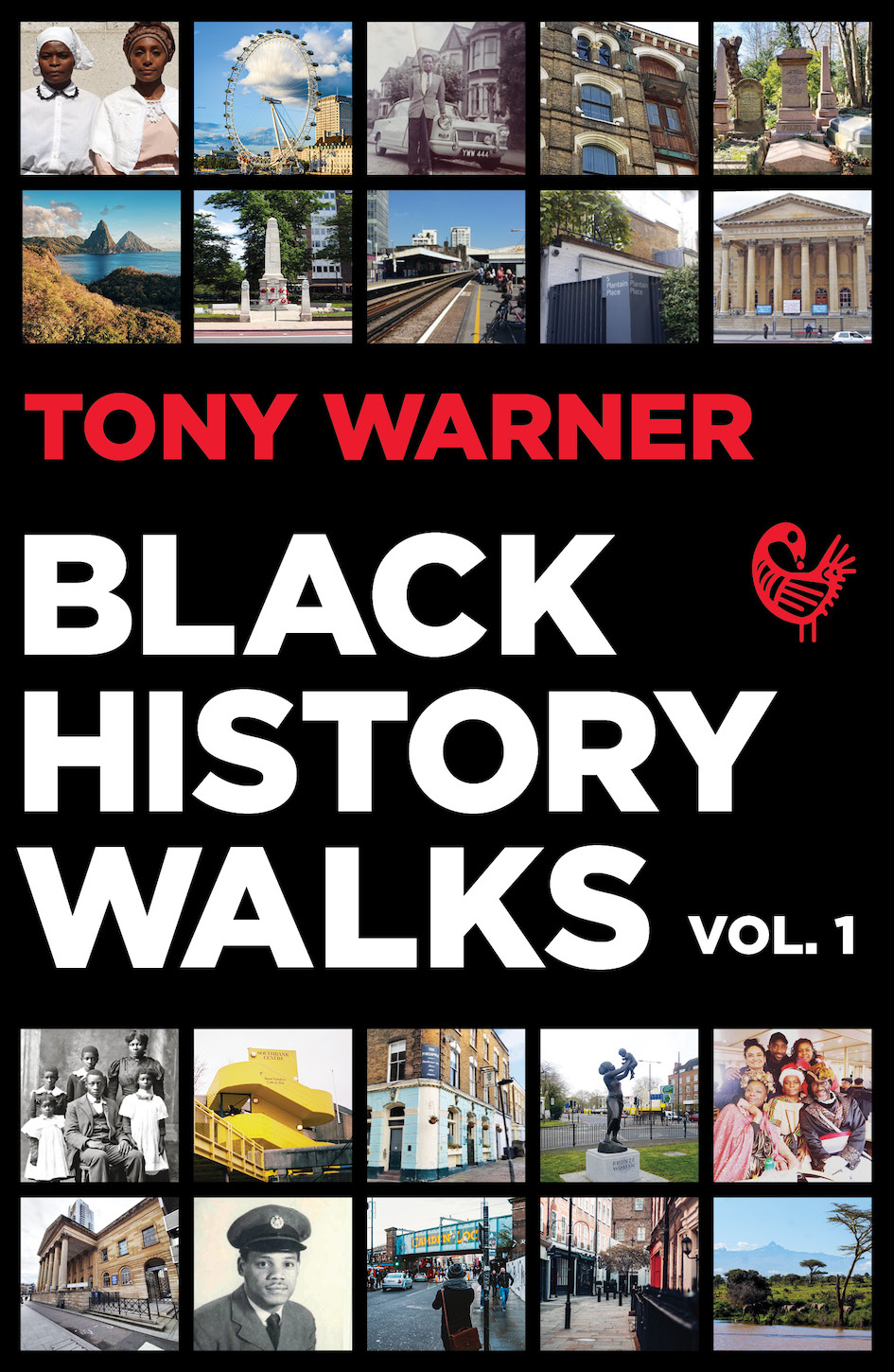Why I Set Up Black History Walks
Metropolitan Tabernacle | Tony Warner
3 min read
I set up Black History Walks to prevent the further erasure of our histories
Black History Walks was set up in 2007 to provide walking tours that include African/Caribbean stories in London’s streets. From one walk in the St Paul’s/Bank area we now have 15 walks and bimonthly three-hour bus tours and river cruises. We have also put up 10 blue plaques, in association with the Nubian Jak Community Trust, to recognise Black historical figures.
If one attends the mainstream London guided tours, it is still the case that there is hardly any Black presence. Our various events, in contrast, tell some amazing stories. For example, in the heart of Whitehall, next to the Foreign Office, was the home and shop of Ignatius Sancho. Sancho was a free black man who could vote. In the 1780s, he ran his own grocery shop in King Charles Street. He was also a prolific writer and composer.
Slightly off the tourist track in the quickly gentrifying Elephant and Castle area is the imposing Metropolitan Tabernacle. In the 1870s, this majestic venue hosted the incredible Fisk Jubilee Singers (FJS). The FJS were an African American choral group who toured the United States and the world, raising funds for the Fisk University in Tennessee. The university still stands. It was built to support Black educational independence after African Americans freed themselves from bondage during the Civil War of 1865.
From one walk in the St Paul’s/Bank area we now have 15 walks and two three-hour bus tours and river cruises

We also feature more recent history. From World War Two there is the astonishing story of Flight Lieutenant John Henry Smythe. Smythe volunteered to leave Sierra Leone, then a British colony, and join the fight against the Nazis. As a navigator in RAF Bomber Command, he flew 28 missions at a time when many aircrew failed to return after 10.
While on a mission in 1943, he was hit in the groin and stomach. Surviving those wounds he then had to find his way out of the burning, smoke-filled plane. Having found an exit he jumped out of the aircraft, missing the propellors and debris from other falling aircraft. He survived the 4,000 feet fall, then hid in a haystack. German soldiers machine gunned the haystack, which he also survived before being captured. At this stage, aircrew were sometimes shot on sight but the soldiers were so astonished to find a Black man in an RAF officer’s uniform that they did not kill him, instead opting for torture. He survived but lost two ribs.
He was then sent to a Prisoner of War camp in rural Germany. While there he planned escapes for the other prisoners. He never tried to escape himself. When asked why, he said: “I don’t think a 6ft 5in Black man would get very far in Pomerania somehow”.
In 1948 he was aboard the famous HMT Empire Windrush ship. He later became a barrister, Queen’s Counsel and Attorney General of Sierra Leone.
His story should have been made into multiple books and films but that is not the case. This is one of many reasons why we run the walks.
Tony Warner is the founder of Black History Walks and the author of Black History Walks Vol. 1 (Jacaranda Books)
